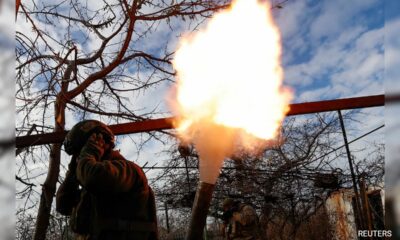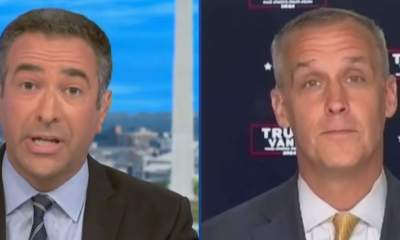Rafael Grossi had arrived at the power plant while personally leading a mission to assess the situation (file)
Kurchatov, Russia:
The head of the UN nuclear watchdog, Rafael Grossi, kicked off a visit on Tuesday to “independently assess” conditions at Russia’s Kursk nuclear power plant, following Ukraine’s unprecedented cross-border offensive in the Russian region.
The International Atomic Energy Agency (IAEA) has repeatedly warned of the dangers of fighting around nuclear power plants following Russia’s large-scale military offensive in Ukraine in February 2022.
A spokesman for Russia’s nuclear agency, Rosatom, told AFP that Grossi had arrived at the power plant as he personally leads a mission to assess the situation there, which he has warned is “serious”.
In the early days of the conflict, Russian forces captured the Zaporizhia nuclear power plant in southern Ukraine, and also briefly held the decommissioned Chernobyl nuclear power plant in the north.
Ukraine launched its surprise incursion into Kursk on August 6 and said it is making progress even as Russian troops move deeper into eastern Ukraine.
Russian President Vladimir Putin last week accused Ukraine of trying to attack the Kursk nuclear power plant, which is less than 30 miles (50 kilometers) from fighting between Russian and Ukrainian forces.
The IAEA confirmed that Russian authorities had told it that drone fragments had been found last Thursday about 100 meters from the spent fuel storage facility at the Kursk power plant.
Serious situation
Grossi said on Monday he would “independently assess what is happening” at the factory, “given the serious situation”.
“The safety and security of all nuclear power plants is of central and fundamental importance to the IAEA,” Grossi said in a statement.
The factory is located about 60 kilometers from the border between Russia and Ukraine, next to the Seym River, and less than 50 kilometers from the city of Kursk, the capital of the region with about 440,000 inhabitants.
The plant has four reactor units, but only two are operational and two more reactors are under construction.
All four reactors are of the same type as the Ukrainian Chernobyl nuclear power plant, without a protective dome around them.
In 1986, a reactor at Chernobyl exploded during a failed safety test, resulting in the world’s worst nuclear accident that spread clouds of radiation over much of Europe and forced tens of thousands of people to evacuate.
Tariq Rauf, a former IAEA official, said these types of reactors have since undergone “significant safety improvements.”
Robert Kelley, the IAEA’s former director of inspections, said: “The chance of a Chernobyl-like incident where the reactor blows up and burns for days is zero.”
But he added that a mistaken bomb or a major artillery strike on spent fuel storage ponds could damage the fuel and release radioactive gases and particles.
Maximum restraint
Russia has repeatedly raised the alarm about a possible hit since Ukrainian troops and tanks entered Kursk.
The IAEA called on both Russia and Ukraine to exercise “maximum restraint” to prevent “a nuclear accident with potentially serious radiological consequences.”
On Sunday, Ukrainian President Volodymyr Zelensky said Ukrainian forces had taken control of two more Russian settlements in the Kursk region, adding to dozens already captured.
More than 130,000 people have been displaced so far.
Kiev has said the offensive aims to prevent cross-border attacks from Russia into the Sumy region and force Russia to the negotiating table “on our own terms.”
(Except for the headline, this story has not been edited by NDTV staff and is published from a syndicated feed.)














